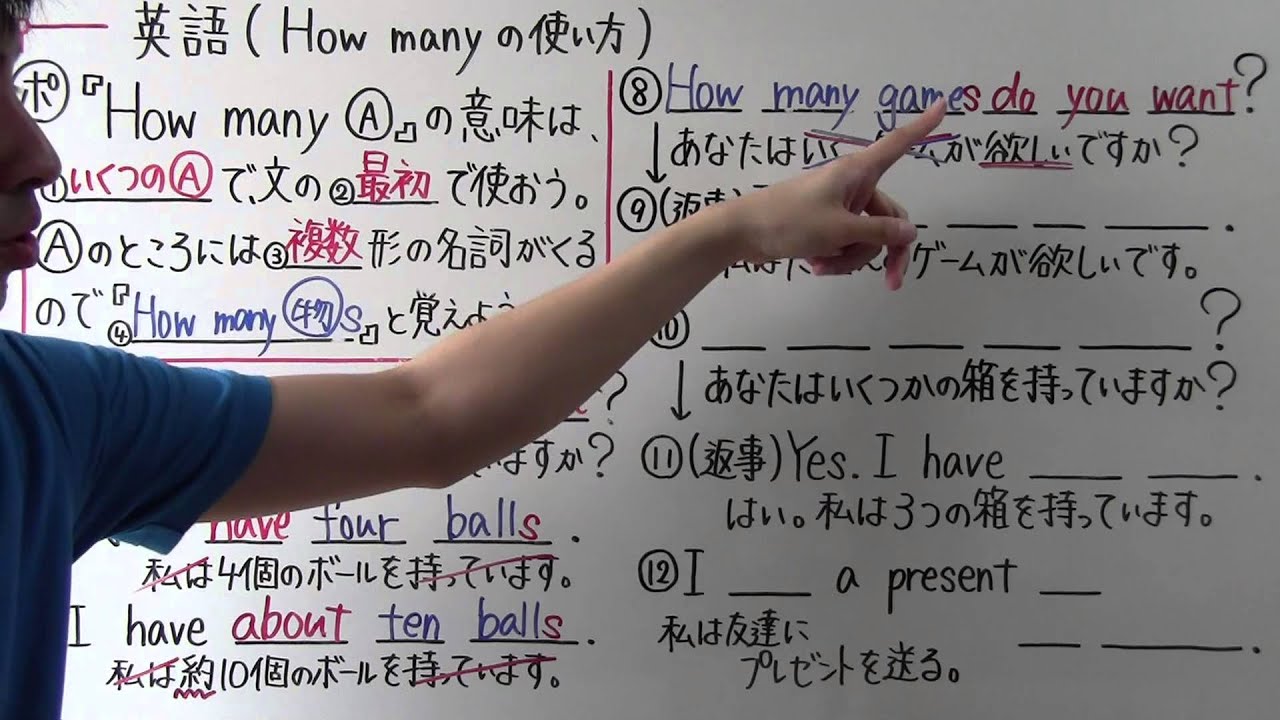問題文全文(内容文):
中1 英語 曜日と天気
例文解説
(1)What day is it today?
(答)It's Monday
(2) How's the weather today?
(答) It's sunny.
中1 英語 曜日と天気
例文解説
(1)What day is it today?
(答)It's Monday
(2) How's the weather today?
(答) It's sunny.
単元:
#英語(中学生)#中1英語#時刻の表し方とたずね方、曜日・日付のたずね方、When~?、「時」を表す前置詞
指導講師:
とある男が授業をしてみた
問題文全文(内容文):
中1 英語 曜日と天気
例文解説
(1)What day is it today?
(答)It's Monday
(2) How's the weather today?
(答) It's sunny.
中1 英語 曜日と天気
例文解説
(1)What day is it today?
(答)It's Monday
(2) How's the weather today?
(答) It's sunny.
投稿日:2012.06.19






